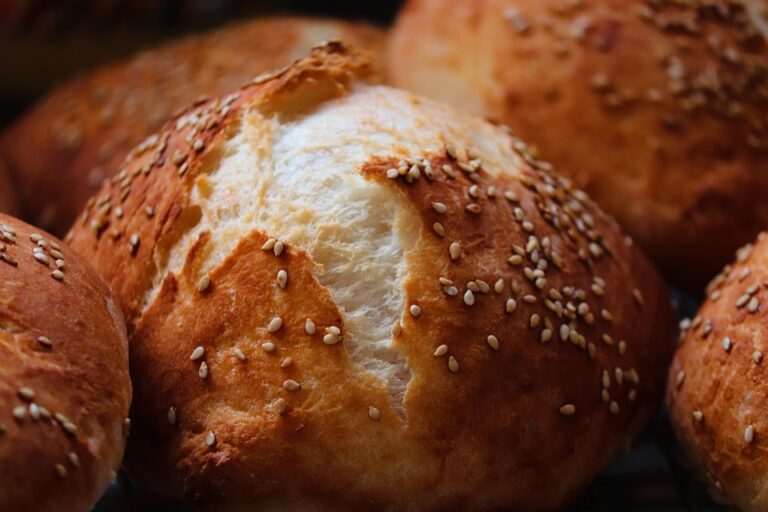
Understanding Common Types of Wet Dog Food: A Guide for Pet Owners
When it comes to feeding our beloved canine companions, the choices can be overwhelming. Wet dog food, in particular, is a popular option among pet owners, but what do we really understand about it? Let’s delve into the various types of wet dog food available, their benefits, and some considerations that come into play when making the best choice for your furry friend.
1. The Basics of Wet Dog Food
Wet dog food generally refers to canned or pouch food that contains a high moisture content, typically ranging from 70% to 80%. This high water content offers several advantages. Not only does it help keep dogs hydrated, but it can also be easier for them to chew and digest, especially for those with dental issues or older dogs who may struggle with kibble.
But why is this important? The texture and moisture of wet food can make it more palatable for dogs, encouraging them to eat, which is particularly beneficial for fussy eaters. A study published in the Journal of Animal Science suggests that dogs often prefer wet food due to its aroma and taste, leading to higher acceptance rates compared to dry kibble.
2. Types of Wet Dog Food
The variety within wet dog food is vast, and as discerning pet owners, it’s crucial to understand what each type offers:
-
Pâté: This is perhaps the most common form of wet dog food. Its smooth texture makes it easy to serve and mix with other foods. However, some pups might find it less appealing due to its uniform consistency.
-
Chunks in Gravy: For dogs that enjoy a bit of variety in texture, chunks in gravy can be a delightful option. The morsels provide a satisfying chew while the gravy adds flavour, often leading to a more enjoyable eating experience.
-
Stews: These are often packed with vegetables and meat, resembling a hearty meal. Stews can be particularly beneficial for dogs requiring a varied diet, as they incorporate different nutritional elements in each bite.
-
Loafs: Shaped like a loaf, this type can be sliced and served conveniently. It’s often dense and packed with nutrients, making it a good option for dogs needing a high-protein diet.
3. Nutritional Considerations
While wet dog food can be advantageous, not all brands are created equal. It’s essential to scrutinise the ingredients list. A high-quality wet dog food should list meat or meat meal as the primary ingredient, indicating a good protein source. Beware of fillers such as corn and soy, which contribute little nutritional value and may lead to allergies or digestive issues in some dogs.
Consulting with your veterinarian can also provide invaluable insights tailored to your dog’s specific dietary requirements. For instance, certain breeds may require specific nutrients to support their health, and it’s crucial to select a product that aligns with these needs.
4. The Cost Factor
While it’s tempting to opt for the cheapest option available, the adage "you get what you pay for" often rings true in the world of pet food. Premium wet dog food may come at a higher price point, but it often reflects better quality ingredients and higher nutritional value. A survey conducted by the Pet Food Manufacturers’ Association indicates that pet owners are increasingly willing to invest in premium products for their pets, recognising the long-term health benefits.
A Lasting Commitment
Feeding your dog wet food can be a rewarding experience, both for you and your pet. It’s a journey that involves understanding your dog’s preferences, nutritional needs, and the various products available on the market. As you explore the world of wet dog food, remember that making informed choices is the key to ensuring your furry friend lives a happy and healthy life.
At BargainsTrust, we remain committed to bringing you valuable information about pet products and more, helping you navigate the myriad of choices available for your beloved companions.







